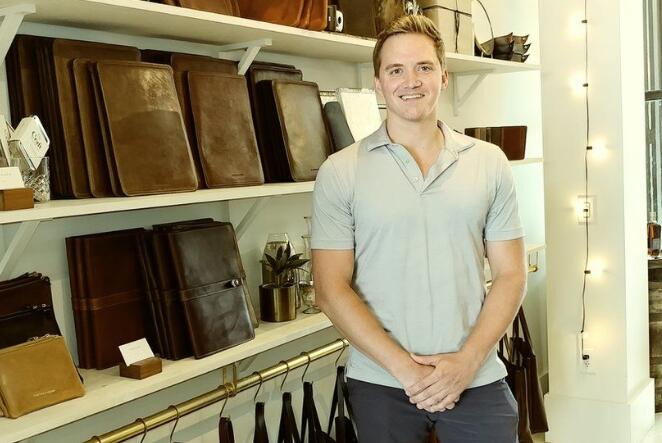
Can North America’s downtowns reverse their downturns?
Mr Simpson and his co-founder opened Clayton & Crume, an upmarket leather goods outlet, in the city of Louisville, Kentucky, in 2019, six months before the start of the coronavirus pandemic.
After surviving the various lockdowns, he says that customer numbers are still below where they were three years ago.
“I can’t say walk-ins and foot traffic are really happening like it was,” says Mr Simpson. “So of course the pandemic had an effect.”
His shop is based in downtown Louisville, and more specifically in the fashionable East Market or “NuLu” district. This is home to upscale restaurants, bars, art galleries, and other boutique stores.
Clayton & Crume first started serving cocktails in June, and Mr Simpson says the aim is to “make it a part of the experience”. He adds: “The area is starting to buzz again, but it’s not at the best it could be.”
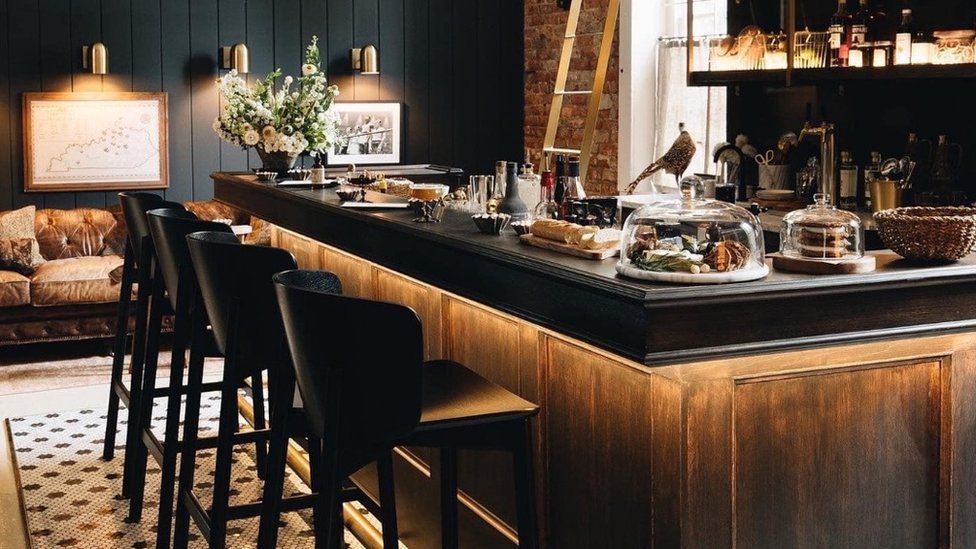 IMAGE SOURCE,CLAYTON & CRUME
IMAGE SOURCE,CLAYTON & CRUMEMr Simpson is not alone in having to deal with fewer customers. Downtowns across the US and Canada were badly hit by the pandemic, and many are still struggling.
Remote and hybrid working means that far fewer people are having to go into city centres to work, or are choosing to live there. At the same time, tourist numbers remain below 2019 levels.
And while bars and restaurants are open again, they are finding it difficult to find staff because people don’t want to do those jobs anymore.
Jordan Skora from Louisville Tourism, the city’s Naot Shoes Womens marketing organisation, says that one factor that hit the downtown area particularly hard during the pandemic was a major employer, health insurance firm Humana, allowing many of its roughly 10,000 staff to work from home.
“That hurt downtown shops and restaurants, who saw substantially less foot traffic,” he says.
At the same time, Mr Skora says, the city saw “mass layoffs” from hotels and museums, and many of those people haven’t returned, due to a desire for remote working. He says this has now led to staffing shortfalls as tourists have started to return.
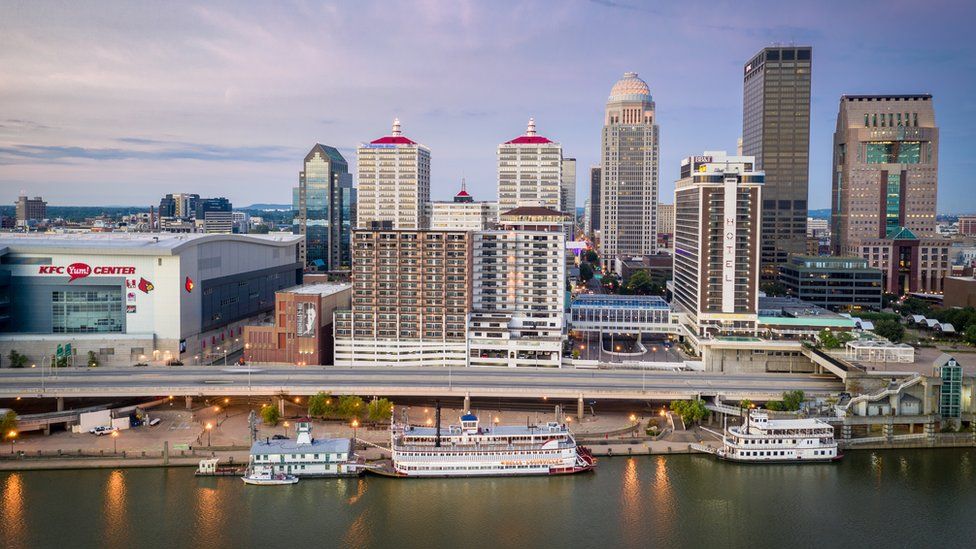 IMAGE SOURCE,LOUISVILLE TOURISM
IMAGE SOURCE,LOUISVILLE TOURISMOne key factor behind the popularity of Louisville with visitors is bourbon. Kentucky is the home of the whiskey, and Louisville is the state’s largest city.
Tourists from across the US and further afield typically descend upon Louisville to enjoy the spirit at the nearly 50 bars and restaurants that make up its official “Urban Bourbon Trail”.
The city also pulls in visitors for the annual Kentucky Derby, the most famous horserace in the US, which is held every May. This year more than 147,000 people attended the Louisville racetrack on the day, up from a Covid-restricted 51,838 last year.
Mr Skora says: “Getting that hospitality workforce to Propet Sneakers match that pent-up demand for tourism is one of the hurdles we’ve got to overcome. We’re lucky to have tourists back though.
“We were joking at the office that you can tell the tourists are back when they are walking around with bourbon bottles and Louisville Slugger [baseball] mini-bats.” The latter are made in the city, and well-known across the US.
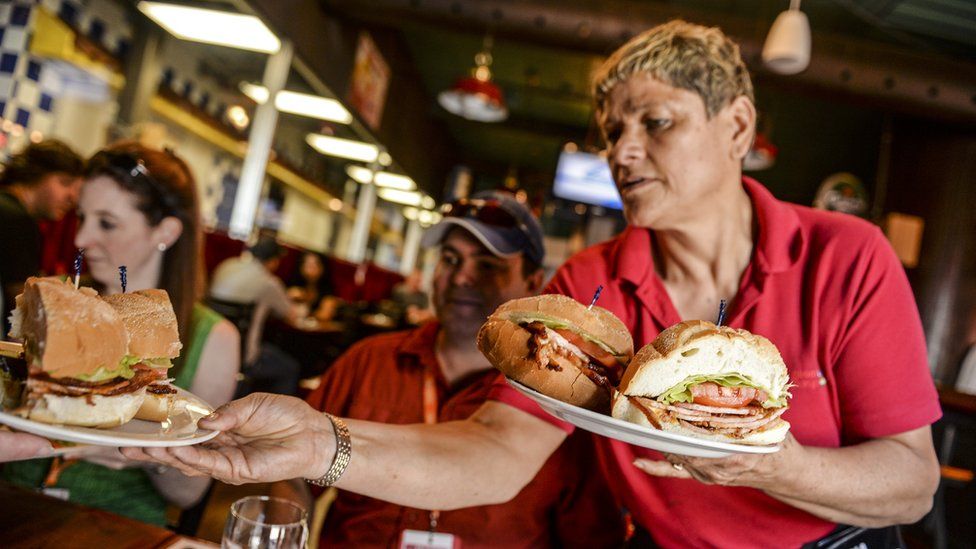 IMAGE SOURCE,GETTY IMAGES
IMAGE SOURCE,GETTY IMAGESSome 75 miles away in Lexington, Kentucky, the hospitality sector there is also seeing a shortfall in workers. “We lost so many [hospitality] employees,” says Mary Quinn Ramer, president of tourist body VisitLEX.
“Many of them went on to other industries. We have to engender an entire population to get back on board – and in hospitality, to be gracious day in, day out requires a lot of energy. Why would I want to be on my feet all day when I can stay at home and sell insurance?”
Down in New Orleans on the US’s Gulf Coast, Michael Hecht from regional economic development organisation Greater New Orleans Inc, says the city took a huge hit from Covid because of its large tourism sector.
As visitor numbers now return, he says the city also cannot get enough staff to fill hospitality industry roles.
“If you talk to the restaurants, they will tell you that they are operating at two-thirds capacity,” says Mr Hecht. “Not because of a lack of customers, but a lack of staff. If you look at workforce shortages, we call it the ‘Covid hangover’.”
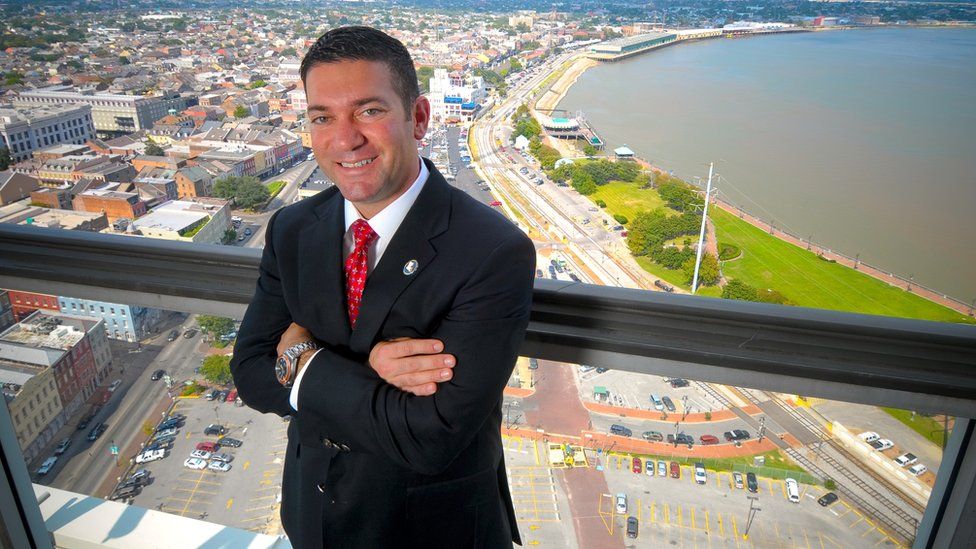 IMAGE SOURCE,MICHAEL HECHT
IMAGE SOURCE,MICHAEL HECHTRegarding office and retail workers in New Orleans, Mr Hecht adds that “a lot of people decided that they would rather work for Uber and have control over their lives… they are never going back to a retail or office job”.
In the western Canadian city of Vancouver, business leader John Kay says that office firms in the downtown area are continuing to be affected by a global phenomenon – “the great resignation”.
Also dubbed “the big quit”, workers have been leaving their jobs in droves since the start of the pandemic. Typically they are inspired to relocate away from the big cities and instead find new employment that allows them to work from home somewhere more peaceful and cheaper to live.
Mr Kay, who is the chief executive of business Kizik Sneakers consultancy Realize Strategies, says it means that some firms are struggling to recruit. “What I hear is a lot of organisations and leaders tearing their hair out, trying to solve that recruitment gap.”
With other companies in Vancouver allowing staff to work from home some of the time, it means they don’t need as much office space. As a result, Mr Kay says that between 15% and 18% of offices in the downtown area are now empty.
“When I asked some realtors [estate agents] about it, I got an interesting response,” he says. “It ranged from ‘it’s just a pandemic blip’, to ‘it’s a little frightening because we have a tonne of floorspace coming on stream in the next few years’.
“We have companies who realise they don’t need an office. I think that’s going to be a tremendous backdraft of the pandemic.”
In Toronto, Canada’s largest city, Mayor John Tory told the BBC that the challenge for his administration is “to get people back downtown”.
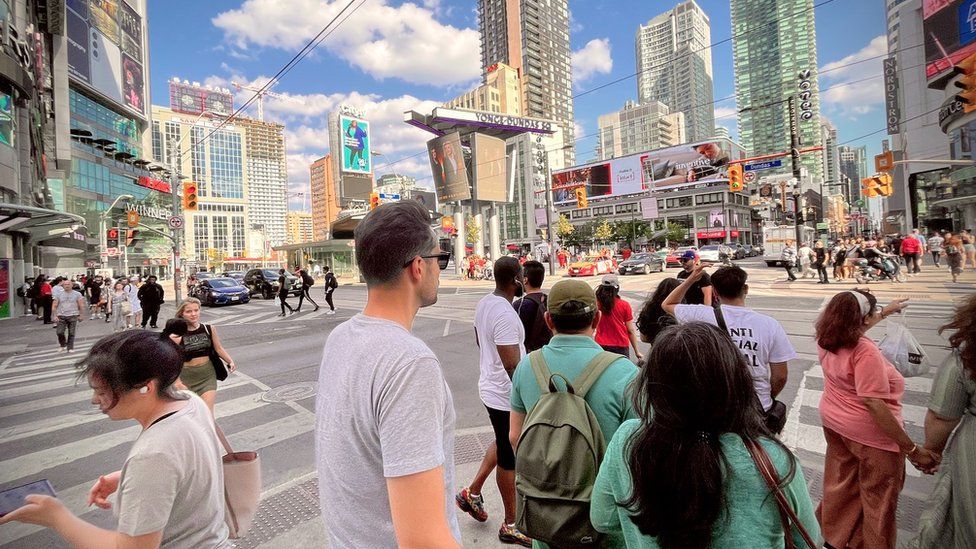 IMAGE SOURCE,YARON EINI
IMAGE SOURCE,YARON EINIWith fewer workers commuting into the centre of Toronto, he says that passenger numbers on the city’s public transport system are still only 60% of pre-Covid levels. He adds that this lack of transportation income “has a financial toll” on the city.
Yet Mr Tory concludes that “there is probably little the government can do” to increase employment numbers in the city centre.
Like other big North American cities, he adds that Toronto is dealing with staff shortages in restaurants, bars and hotels. But more positively, he says the city’s tourism sector is experiencing a “strong recovery”.
Comments (0)